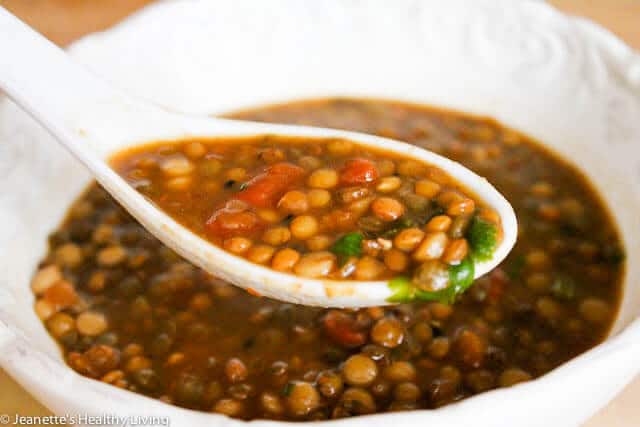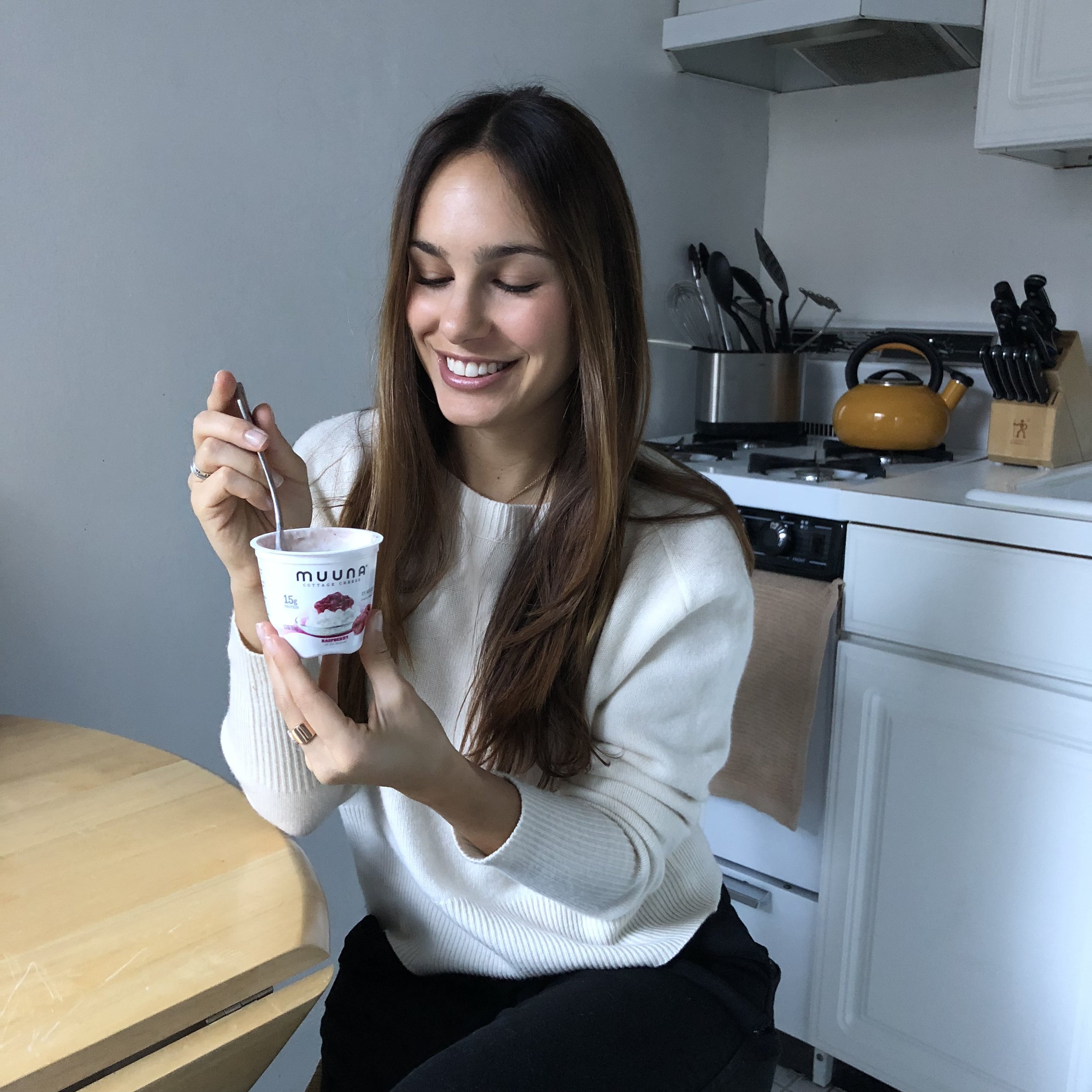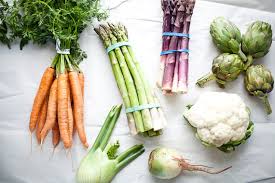Bean, beans are good for you heart… we know how the rest goes. Lately our beloved beans we grew up chanting about have been getting a lot of heat. We’re in the midst of the ultimate health and wellness era, which is incredible because we are focused on bettering our diets and lifestyles. But it also means new information makes headlines weekly, which can be downright confusing. One minute beans seem like a safe bet, and the next minute we’re told to avoid them like the plague because they contain lectins, and lectins are the devil… right?!
We’ll get there. I’m going to help you look at the pros and cons of incorporating beans into your diet through the lens of a registered dietitian. Remember, when it comes to nutrition, there’s no “one size fits all” approach, so you’ll have to decide what’s best for you!
What are beans anyway?
Originating in Latin America, the common bean is a member of the legume plant category, and more specifically categorized as a “pulse.” Some widely known pulses include lentils, chickpeas, and peas. While all pulses are legumes, not all legumes are pulses.
Well what’s so great about them?
Beans boast a magnificent nutrient profile. They are packed with micronutrients like folic acid, copper, potassium, iron, zinc, and various B vitamins, and contain phytochemicals like lignans and polyphenols. While nutrient composition varies depending on the type of bean, ½ cup of boiled beans contains an average of 8 grams of protein and usually has between 100-130 calories. Though I don’t promote counting calories, it’s noteworthy that beans are a low-calorie, nutrient dense food. While beans are good sources of protein, they are not sources of complete proteins as they are missing several amino acids. It’s best to consume them with a whole grain like brown rice, to compensate for the missing amino acids.
They are also excellent sources of complex carbohydrates and contain both soluble and insoluble fiber. For instance, just ½ cup of red kidney beans has 8 grams of fiber! We already know that dietary fiber is a good thing, and we also probably know that high fiber foods can cause uncomfortable bloating and gas. Let’s take a closer look.
Beans are particularly high in oligosaccharides, which are a type of short-chain carbohydrate, in this case from the raffinose family. These oligosaccharides make it to the colon partially undigested because we lack the alpha-galactosidase enzyme, which is required to break them down. The oligosaccharides act as prebiotics and are fermented by our gut bacteria. Remember, this is a good thing! Prebiotics are the food sources for our gut bacteria, and we want to keep our gut bacteria properly fed. Short-chain fatty acids and gases are byproducts of this fermentation, which cause the bloating many of us are familiar with.
So beans come with a price tag? We have to suffer from bloating?
Not everyone experiences gas and bloating from beans! Those of us who eat high-fiber diets at baseline are less likely to experience these gastrointestinal symptoms. But for those of us who have trouble with beans there are some tricks to help! Soaking your beans, removing the water, and cooking in fresh water can reduce gas-causing factors. Taking an over the counter alpha-galactosidase enzyme can also help. A good way to ease into beans is to build up a tolerance by consuming a small amount over a period of time, and slowly increase your portion.
I’ve heard that beans have “antinutrients” and really aren’t so great…
In nature plants need to protect themselves from predators and pathogens, so they contain components like phytic acid and lectins for defense. These substances are commonly referred to as “antinutrients” because they may interfere with the absorption of various nutrients. However, these substances also have health benefits and antioxidant activity.
Let’s look at lectins, which appear to be painted as the latest dietary demon in health news. Lectins are proteins that bind to carbohydrates. If consumed raw or in large quantities, they may cause gastrointestinal discomfort or distress. The thought is that they cling to your GI tract and increase risk of gut permeability, more commonly referred to as “leaky gut.” Another concern is that because they can impair absorption of other nutrients, we may not be benefitting from all of the nutrients in the foods we eat. The good news here is that we don't eat raw beans! The vast majority of lectins are destroyed in the cooking process, so this issue is largely avoidable. If you prefer to buy dried beans, however, it is important to be sure you cook them thoroughly.
Believe it or not, consuming lectins can be a good thing. Studies have found various health benefits, for instance, one study found that white kidney beans contributed to the cell death of in-vitro cancer cells. Other studies have found that consuming pulses may reduce blood pressure and inflammatory markers, and improve blood lipid profiles. Pulses are high in fiber, but more specifically their soluble fiber content plays an important role in reducing cholesterol levels by decreasing arterial plaque formation. The fiber actually binds to cholesterol and bile acids in your body, which prevents them from being absorbed.
What about lectin sensitivities?
Lectin sensitivity may exist for some people, just as gluten sensitivity exists for some people, just as sulfate sensitivity exists for some people, etc. See where I’m going? Just because certain people have sensitivities to specific foods doesn’t mean that those foods are bad or toxic for everyone else.
Thanks for all the info, but should I eat beans or not?
If you do not experience GI distress from eating pulses but the circulating anti-lectin buzz makes you apprehensive, then as a dietitian I encourage you to keep them in your diet as the health benefits are tremendous. If you do experience some unpleasant GI symptoms like bloating or gas, try reducing your portion sizes and slowly increasing them as you build a tolerance. It is also a good idea to consume them in the absence of other common gas-inducing culprits like broccoli, cauliflower, brussels sprouts, or other cruciferous vegetables. If you’re at the far end of the discomfort spectrum and you just can’t seem to tolerate them, then it’s probably best to avoid them. While we know they have wonderful health benefits, so do lots of other vegetables that (hopefully!) won’t give you discomfort post consumption.



































